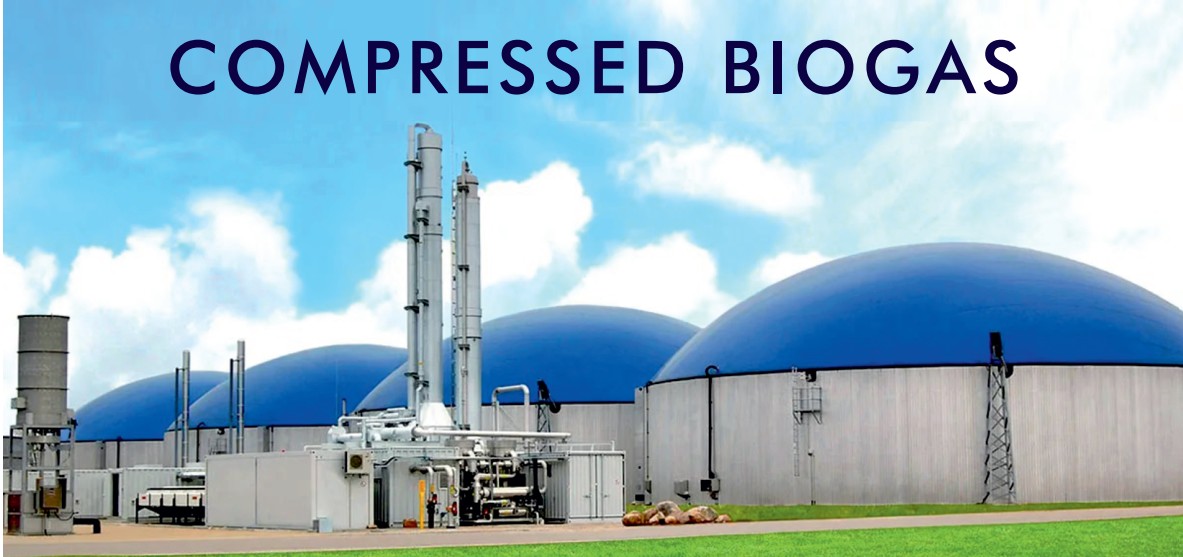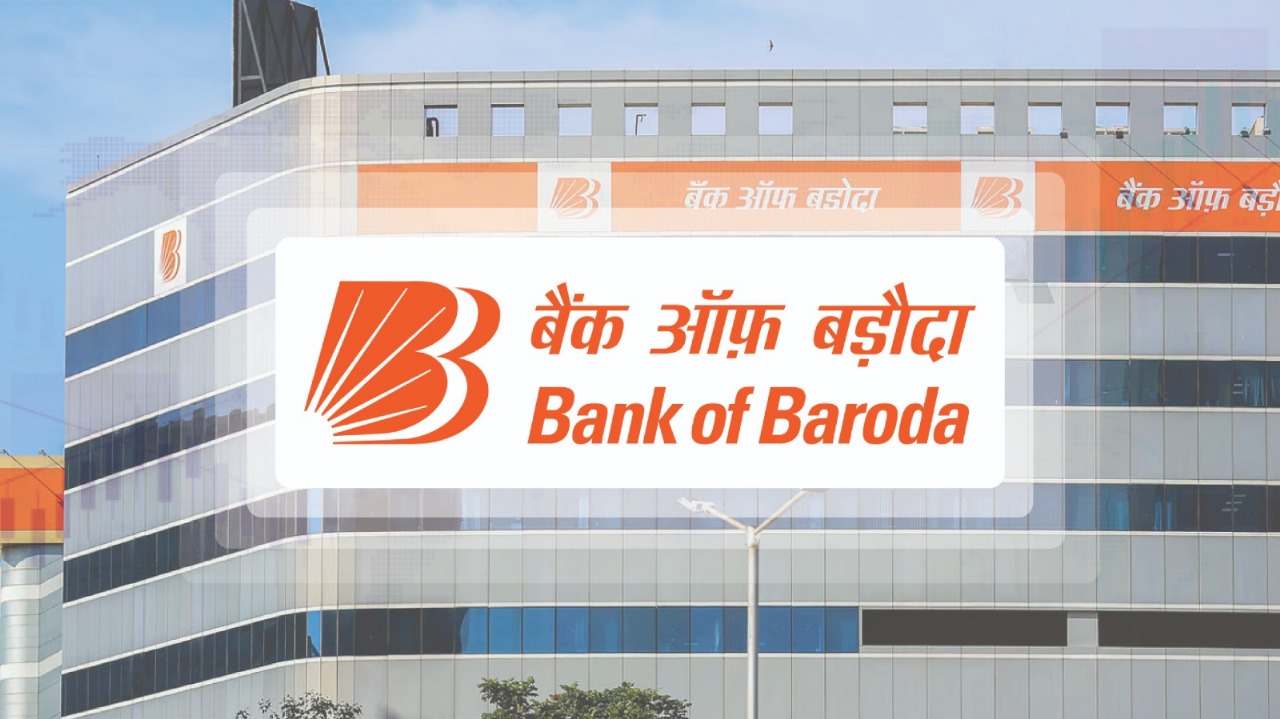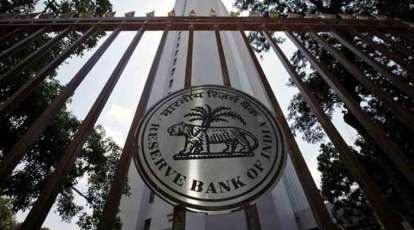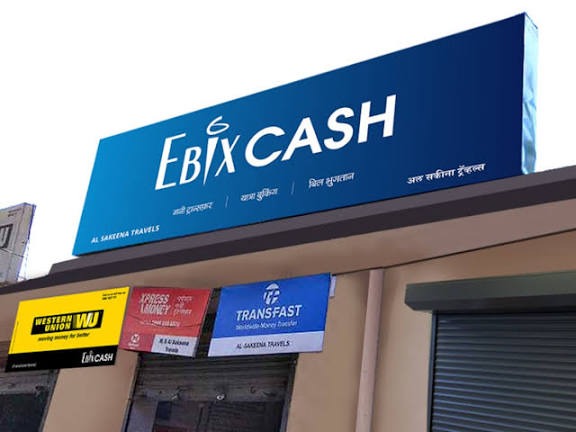Industry leaders highlight cooperative Compressed Biogas (CBG) projects as a game-changer for India’s sugar mills, helping them overcome liquidity challenges, boost income, and promote sustainability by converting agricultural waste into valuable clean energy and bio-fertilizers, supporting the Atmanirbhar Bharat vision.
India’s cooperative sugar mills are embracing Compressed Biogas (CBG) projects with renewed hope, as this innovative approach promises financial stability, environmental sustainability, and rural employment. The sector faces ongoing liquidity issues and stiff competition, but industry experts regard CBG as a transformative model fostering a circular economy that fully utilizes agricultural residues.
The historic inauguration of India’s first cooperative-based CBG plant at the Sahakar Maharshi Shankarrao Kolhe Sahakari Sakhar Karkhana in Kopargaon, Maharashtra, by Union Home and Cooperation Minister Amit Shah has significantly boosted confidence. The ₹55-crore facility produces 12 tonnes of CBG and 75 tonnes of potash daily from by-products like jaggery and molasses, reducing import dependence and enhancing value addition.
Minister Shah announced plans to support 15 cooperative sugar mills nationwide through the National Cooperative Development Corporation (NCDC) to establish similar plants, with Maharashtra leading the initial phase. This initiative aligns with the government’s green goals, including India’s net-zero emissions target by 2070.
The Maharashtra Cooperative Sugar Factories Federation endorsed this initiative, acknowledging the urgent need for alternative revenue streams as government support in sugar’s Minimum Support Price remains unchanged. CBG production taps into by-products such as press mud, bagasse, and spent wash through anaerobic digestion, reducing waste disposal costs and pollution while ensuring steady mill incomes.
Beyond environmental benefits, CBG initiatives also catalyze rural employment—farmers earn by selling residues and waste collected, which then fuels these plants. With India’s CBG potential estimated at nearly 62 million tonnes annually, this sector could transform agricultural waste management and rural economies at scale.
Important Points
-
India’s first cooperative-based CBG and potash plant inaugurated in Maharashtra with ₹55 crore investment.
-
Daily output: 12 tonnes of CBG and 75 tonnes of potash, contributing to Atmanirbhar Bharat’s goals.
-
15 cooperative sugar mills to receive NCDC funding for CBG projects to boost circular economy.
-
CBG production uses agricultural and organic wastes, lowering fossil fuel dependence and pollution.
-
Industry leaders praise CBG as key to sugar mill financial health amid unchanged sugar MSP.
-
CBG projects generate rural jobs, empowering farmers and supporting bioenergy goals.
-
Aligns with India’s SATAT scheme and GOBARdhan mission for sustainable alternative fuels.
The cooperative CBG initiative is not only supporting struggling sugar mills but also carving a path for renewable energy adoption, circular economy growth, and rural prosperity in India.
Sources: The Hindu Business Line, PIB, Drishti IAS, Economic Times, Construction World





